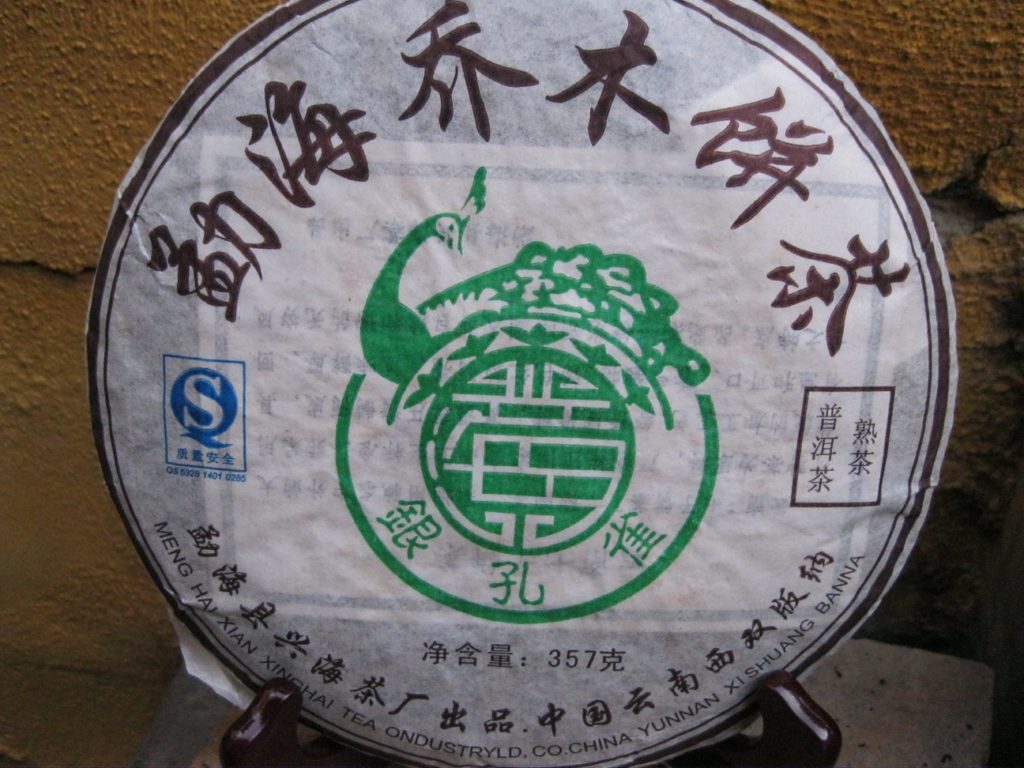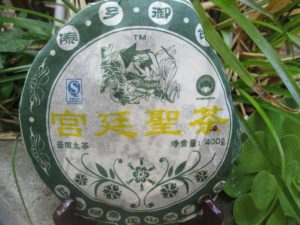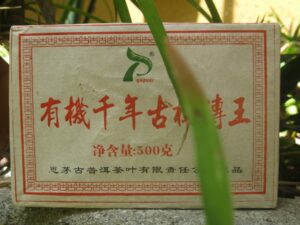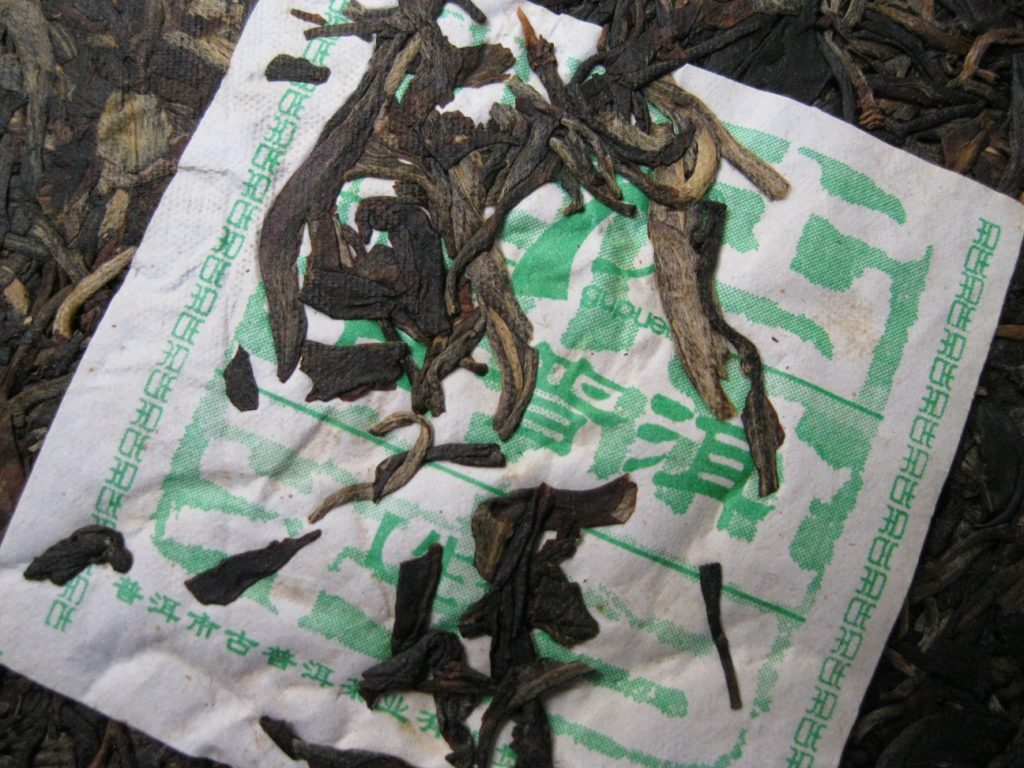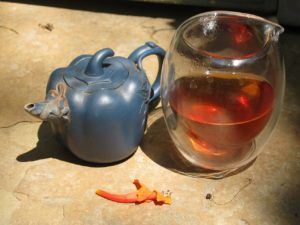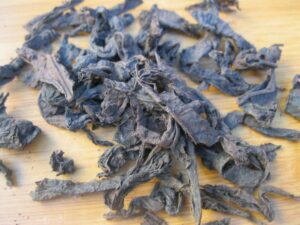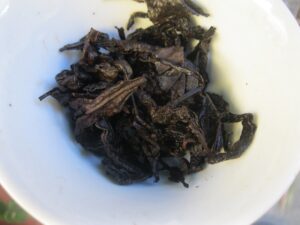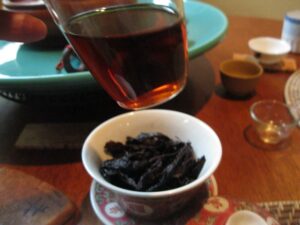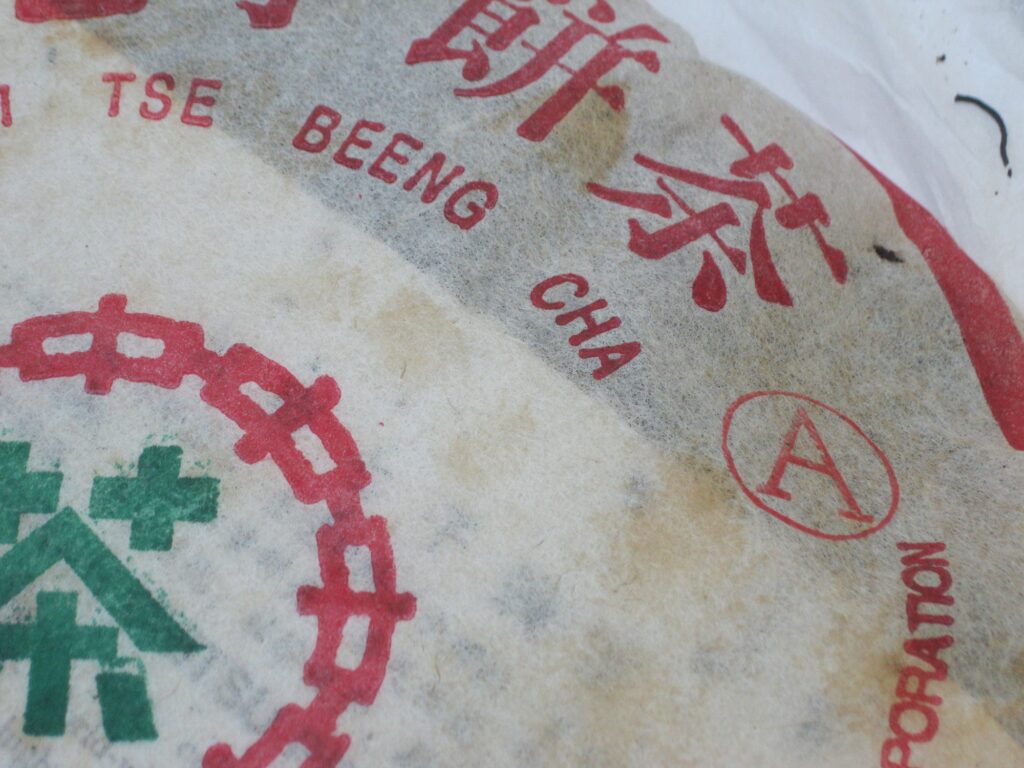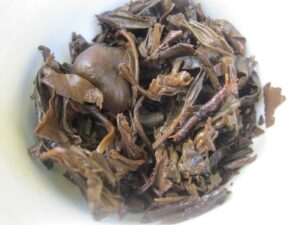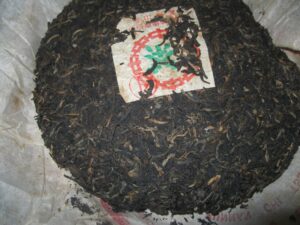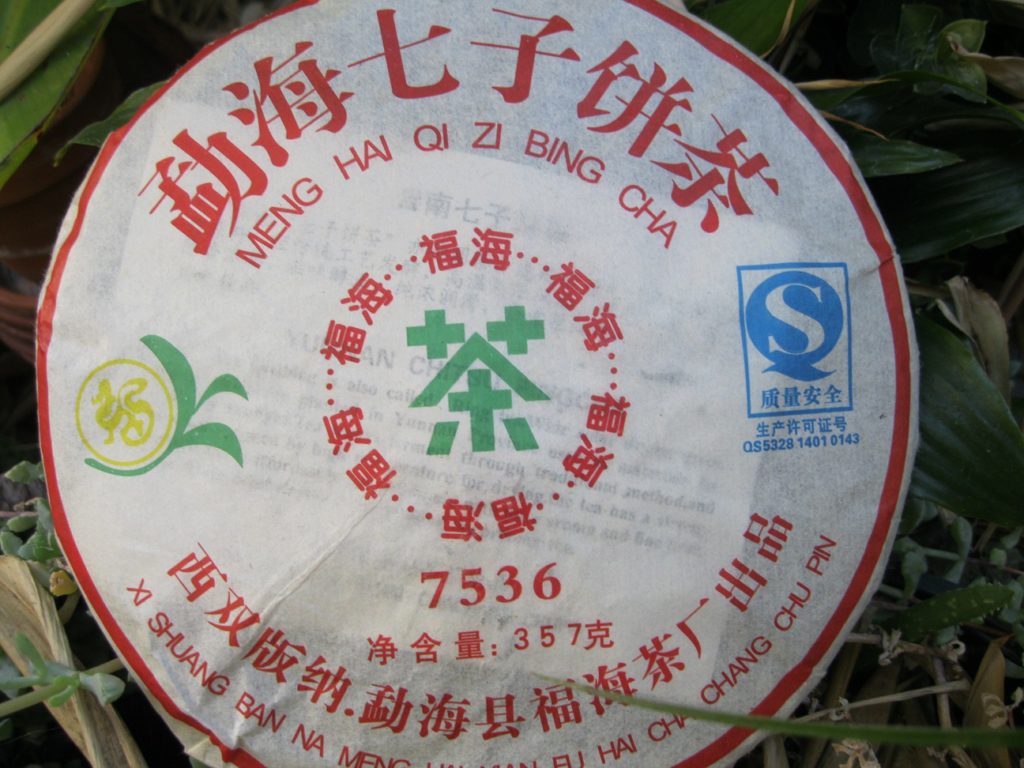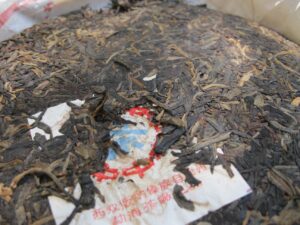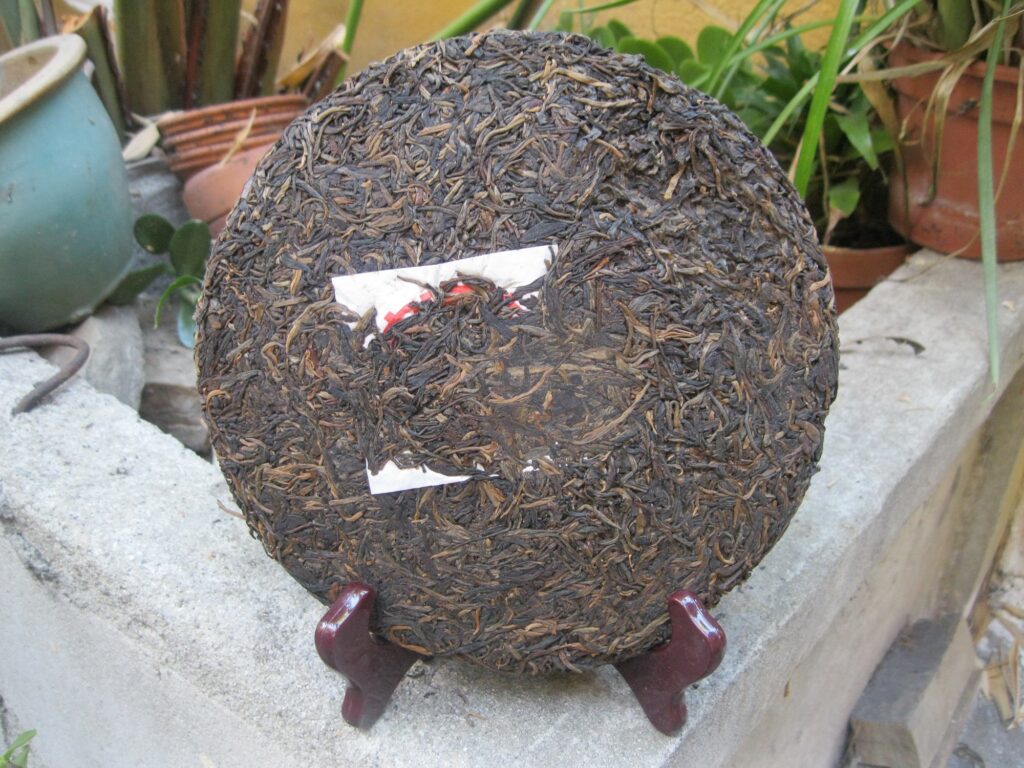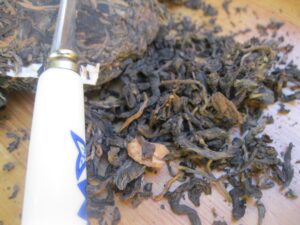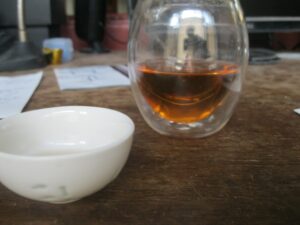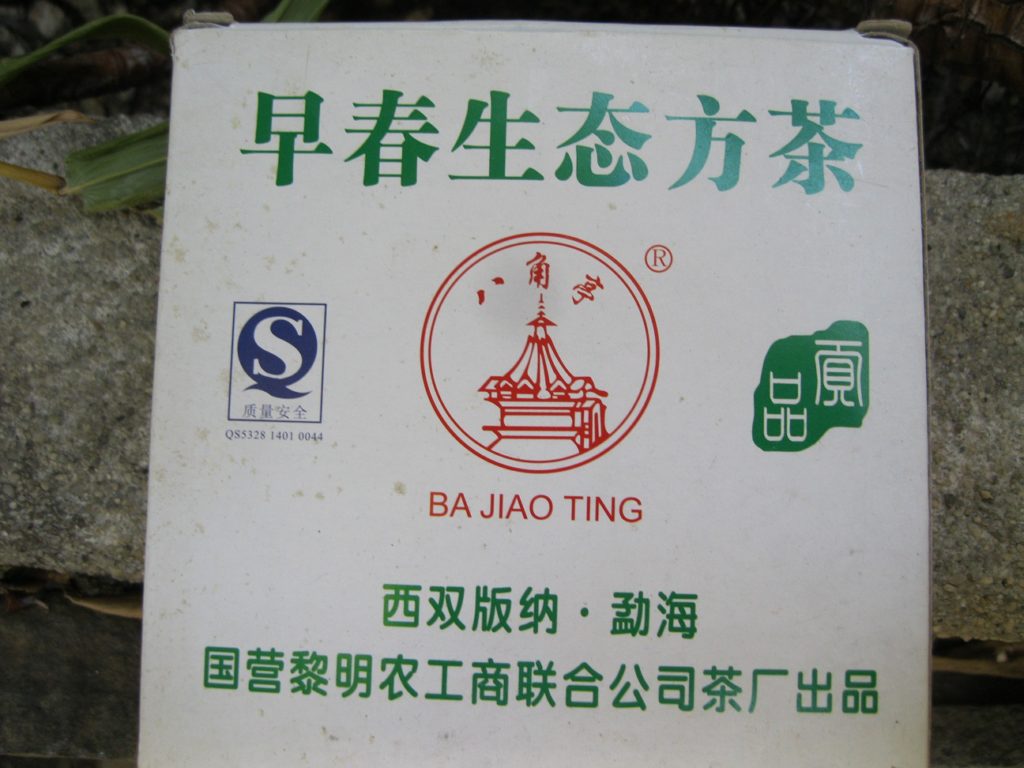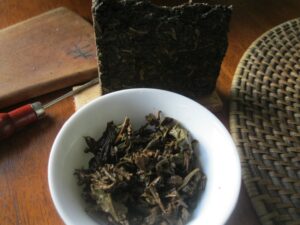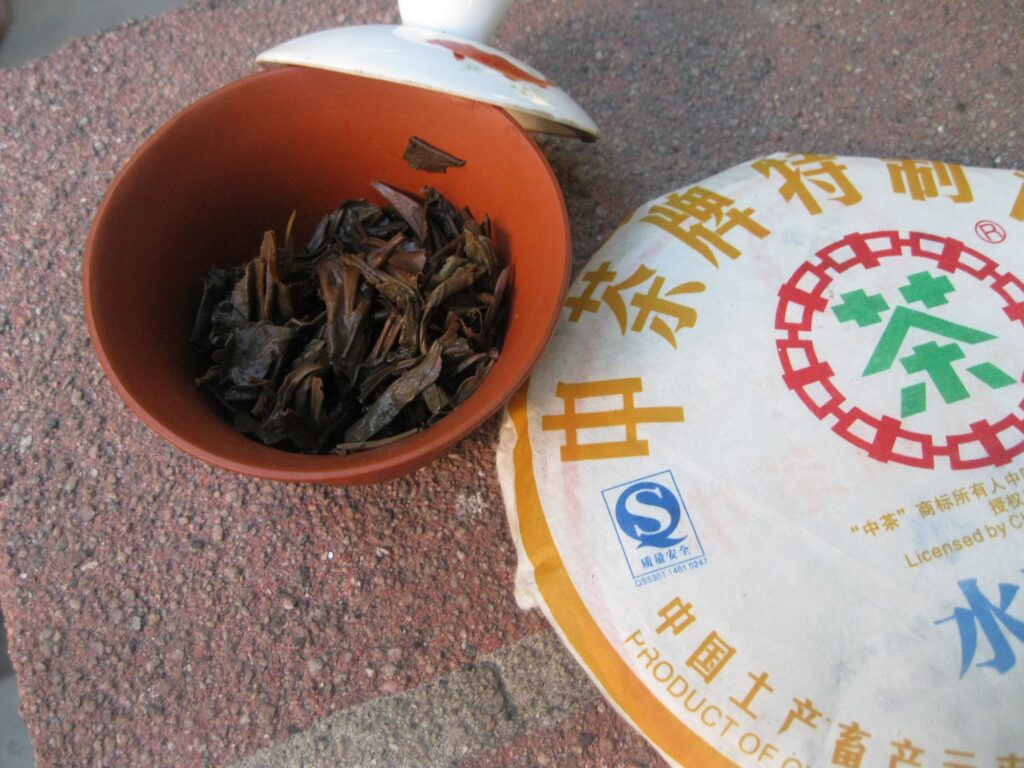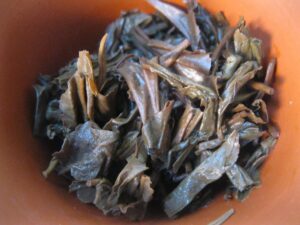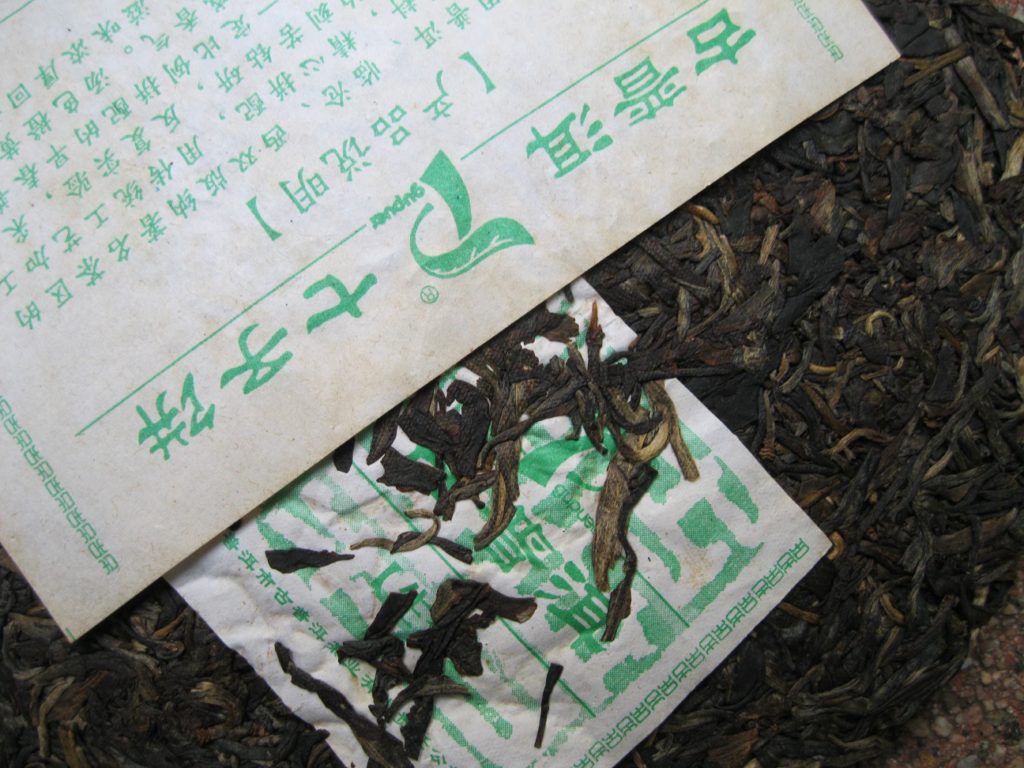Puerh Battle of Hegemons
Tuesday 2nd of March 2021 witnessed the Puerh Battle of Hegemons. Both the ’07 Vanilla Palace and ’05 OG Gangsta brought formidable organic credentials to a frenzy pitting two mid-aged raw puerh against each other. The Silver Peacock ripe agreed to moderate the fracas.
“Puerh Battle of Hegemons?” you ask. “Yes!” I reply. You see, one of the descriptions often attributed to big-taste aggressive puerhs is “baqi” (霸气), where “ba” translates to “hegegemon.” This is to say a strong-handed ruler, a forceful customer in puerh terms.
The battle started with the Vanilla Palace. It bears the name “gongting,” which is usually reserved for the smallest grade ripe. For a raw puerh to be called gongting is a first. As it ages, the Vanilla is becoming richer and rounder. The punch from a few years back continues to transform into a delicious vanilla root beer. The edges continue to transform not flatten and each progressive infusion releases more florality that is in the perfume stage. The transformation trajectory of the Vanilla Palace is excellent and represents a fantastic value.
The OG Gangsta is one of GPEs atomically compressed bricks. On the heels of the Vanilla Palace, Gangsta‘s sour and subtle fruit notes really jumped out. Those favouring astringency, we’re talking dictatorial astringency, will lean toward the Gangsta. The dark root beer expression, however, sufficiently balances the bite. One recent enthusiast described Gangsta as a smoker who wears perfume to cover the smoke– not in a bad way, he was quick to add.
About six infusions from each elicited the call for food. Don’t drink either on an empty stomach but especially not the Gangsta. After a bit of grub the Silver Peacock brought its Zen attributes to wash it down. The Silver Peacock is at a stage of transition, from pure ripe Zen to the fruitiness common in many aged raws and common in heicha. Infusions 6-8 at better than a minute, pushed progressively, were surprisingly rich, sweet, and complex– positively nothing challenging about this ripe puerh cake but everything enjoyable.
In the end, the pairing of the Vanilla Palace and the OG Gangsta highlighted their contrasting personalities, despite being in the tobacco cum root beer class. The VP is round, warming, settling inviting. The OGG is rambunctious, astringent, slightly fruity, with perfume and smoke. Both offerings express a good deal of complexity and durability. Altogether about nine infusions were gathered from each and an additional four infusions or so the next day. The perfume of each was much more noticeable on day two. It’s fair to say the OGG proved more hegemonic.
However, in the final assessment pairing these two is a shade excessive. Both are complex productions deserving of focused attention in their own right. Moving from one two the other is more a mark of skittish gluttony than pairing. Contrast to this excess likely accounts for why the Silver Peacock ended up stealing the show.

